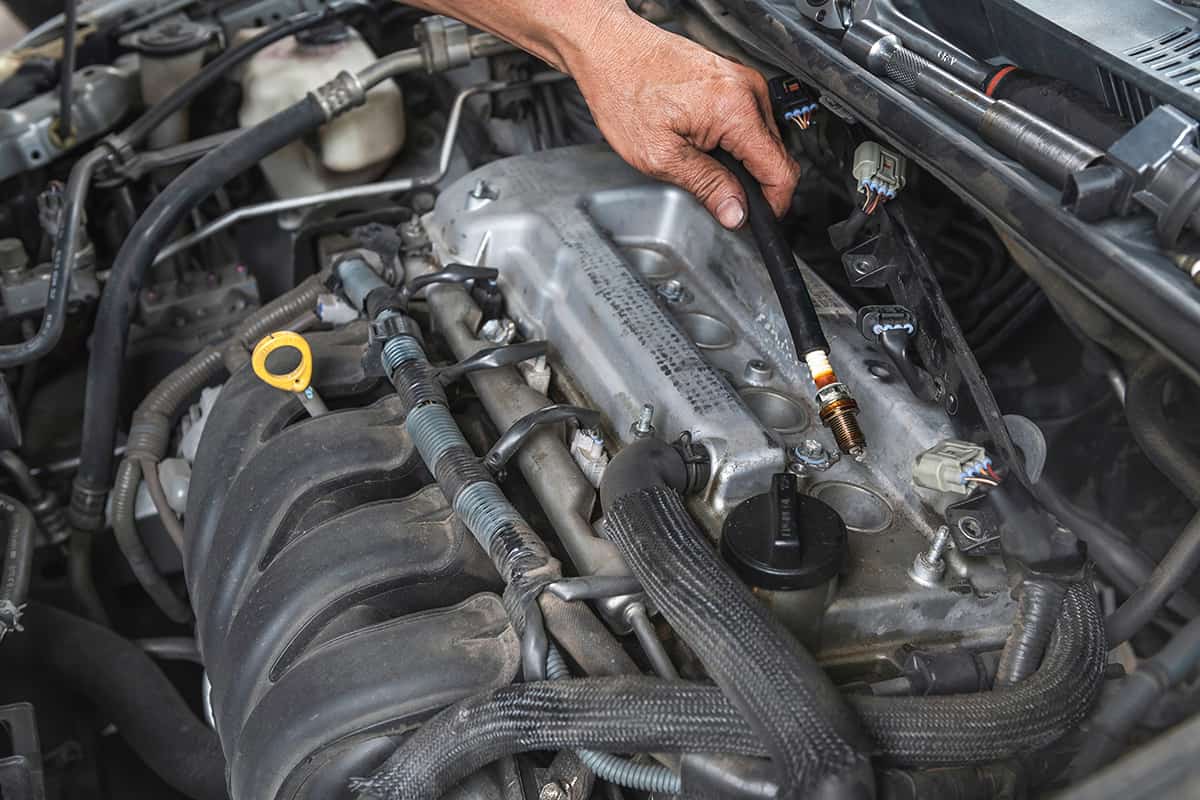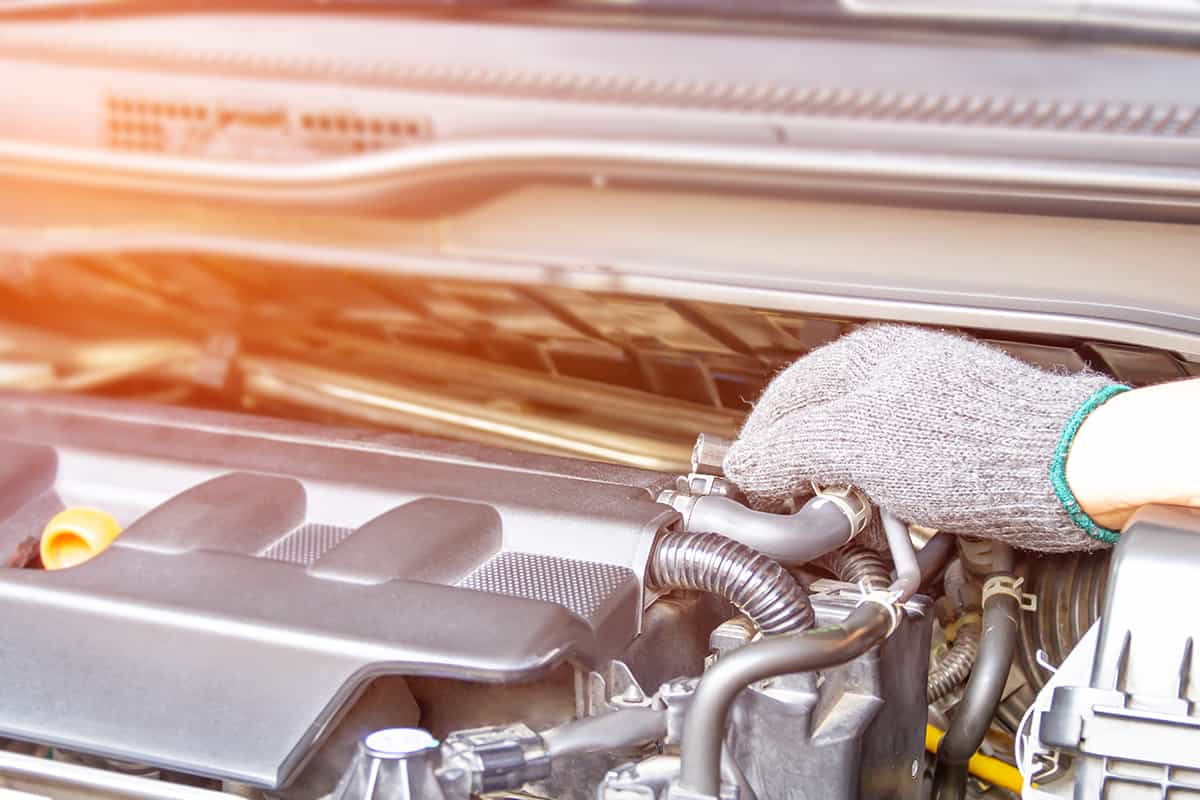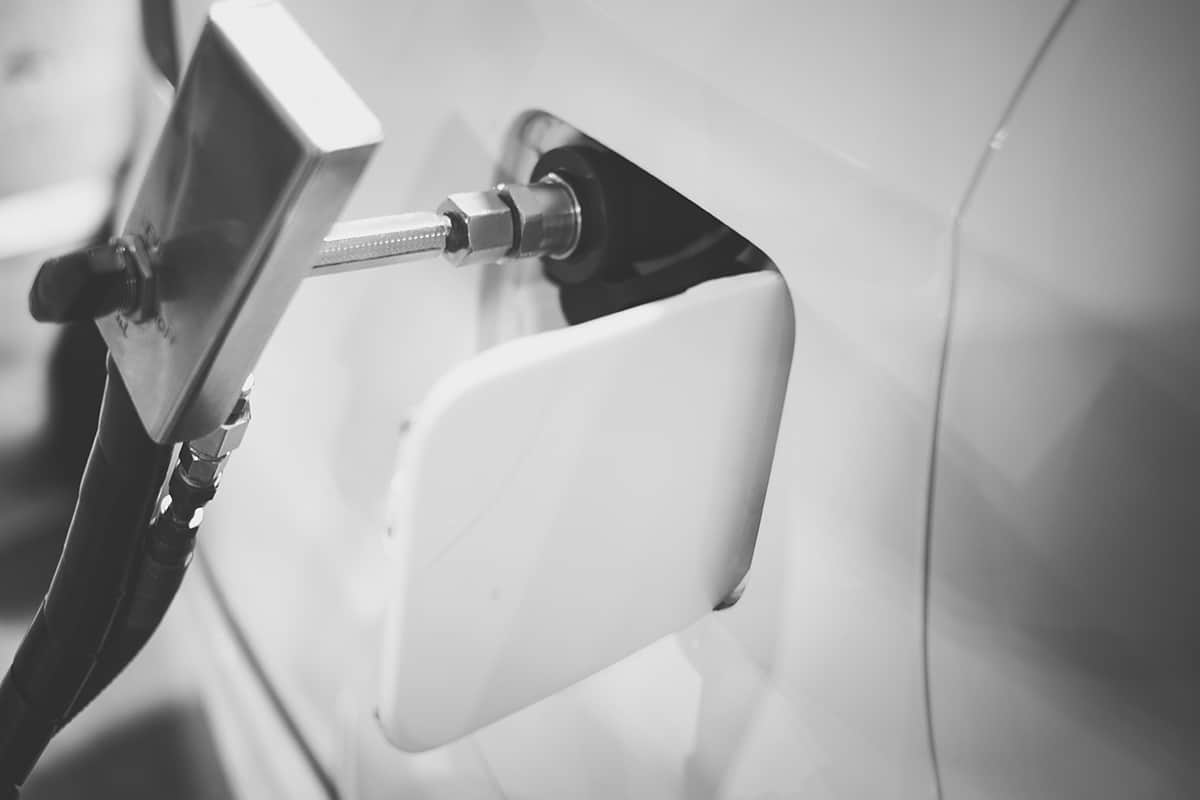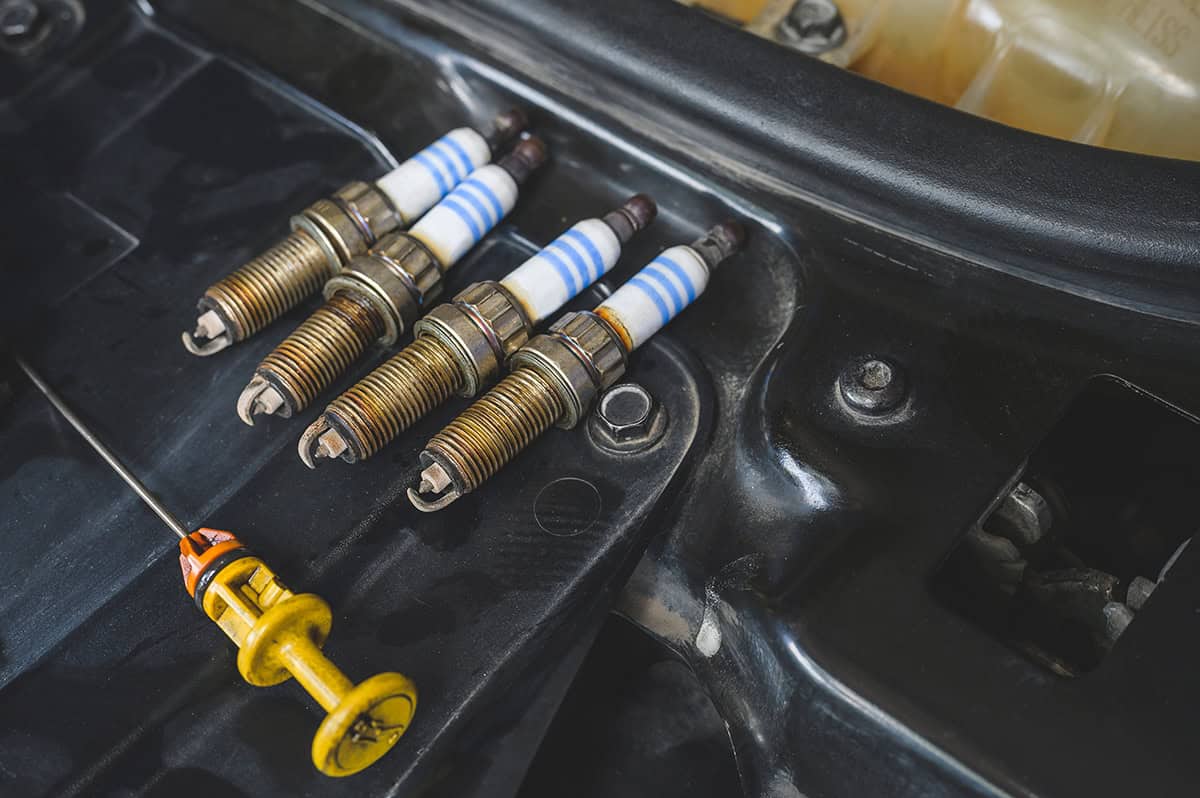Engine misfire might sound like a term from a sci-fi movie, but it’s actually a common issue that can happen to any car. In simple terms, an engine misfire is when the engine of your car doesn’t work as smoothly as it should. Instead of running like a well-rehearsed orchestra, it stumbles and fumbles, causing your car to behave oddly.
If your car’s engine misfires, you may notice unusual noises, car shaking, a decrease in power, poor fuel efficiency, and a check engine light. If you notice any of these signs, it could be due to spark plugs, fuel system, or engine timing.
This article will further break down the symptoms, causes, and solutions to engine misfire. It will also guide you on what to do when you encounter such a problem.
The Basics of How a Car Engine Works
Cars are more than just a means of transportation; they are feats of engineering. Understanding how they work can help you maintain your vehicle better and address issues like engine misfire more effectively.
A car engine is made up of many parts, all working together to convert fuel into motion. The engine is the heart of your car, and it operates on a principle known as internal combustion. Let’s delve into this fascinating process and learn how the different components contribute to the smooth operation of your vehicle.
Internal Combustion Engines
An internal combustion engine is a power-producing machine. It generates power by burning fuel and air (combustion) inside the engine itself. This combustion process happens in a small, enclosed space called the combustion chamber.
Let’s break it down further:
- Intake: The engine draws in air and combines it with fuel. This mixture is then sent into the combustion chamber of the engine.
- Compression: Once the fuel-air mixture is in the combustion chamber, a piston compresses it. This compression makes the mixture explosive.
- Combustion: A spark plug then ignites the compressed mixture. The explosion from this ignition pushes the piston down, creating power.
- Exhaust: After the combustion, the leftover gases (exhaust) are expelled out of the car via the exhaust system.
Perfect Timing in Engine Functioning
Engine timing is managed by a timing belt (or chain), which ensures that the camshaft and crankshaft rotate in sync. The camshaft controls the opening and closing of the engine’s valves while the crankshaft moves the pistons up and down. The timing belt ensures these processes happen at the correct time, keeping your engine running smoothly.
If the timing belt fails, the camshaft and crankshaft will be out of sync, and the engine may misfire, run roughly, or even stop running entirely. Regular maintenance can prevent such timing issues, as mechanics will check and replace your timing belt according to the manufacturer’s recommendations.
Defining Engine Misfire

When your engine misfires, it means that one or more of its cylinders are not working correctly. This issue interferes with the engine’s usual rhythm and can affect your car’s performance. Let’s understand this concept in more detail.
A four-stroke internal combustion engine operation involves intake, compression, combustion (power), and exhaust strokes. In a healthy engine, each cylinder goes through these stages in a precise order. When a misfire occurs, one of these stages is interrupted or does not occur. The result can range from a slight hiccup to a significant loss of power, depending on how many cylinders are misfiring and the severity of the misfire.
The Causes of Engine Misfire
Multiple factors could lead to a misfire, and it’s crucial to understand these potential causes to find the right solution.
A. Bad Spark Plugs or Ignition Coils
The spark plug’s job is to ignite the air-fuel mixture in the combustion chamber, creating the explosion that powers your car. Ignition coils provide the high voltage needed for this spark.
If either the ignition coil or the spark plug isn’t working properly, it can disrupt the ignition process and cause a misfire. Spark plugs and ignition coils can wear out over time or get damaged.
B. Fuel System Issues

The fuel system includes parts like the fuel pump, fuel injectors, and fuel filter. These components work together to deliver the right amount of fuel to the combustion chamber. If there’s a problem with any of these parts, it can disrupt the fuel supply, leading to a lean (not enough fuel) or rich (too much fuel) mixture, which can cause a misfire. Issues can include a clogged fuel injector, a failing fuel pump, or a dirty fuel filter.
C. Engine Timing Issues
If the timing is off, it can lead to engine misfires. This timing is controlled by components like the timing belt, camshaft, and crankshaft. If there’s a problem with any of these parts, it can disrupt the timing and cause a misfire.
D. Compression Problems

The engine needs to compress the air-fuel mixture before it can ignite it. If there’s a problem that prevents proper compression, it can cause a misfire. Such problems can include a leak in the cylinder, a problem with the piston rings, or a problem with the valves.
What to Do When You Suspect Engine Misfire
Noticing that your car doesn’t run as smoothly as it usually does can be alarming. If you think your engine might be misfiring, it’s essential to address the issue promptly. Neglecting a misfiring engine can lead to more serious and costly damage.
Here are some steps to take when you suspect an engine misfire.
Recognize the Symptoms
The first step in addressing a suspected engine misfire is to recognize the symptoms. Here are some common signs:
- Your car might shake or vibrate, especially when accelerating.
- The check engine light might come on or start flashing.
- Your car might struggle to accelerate or lose power.
- You might notice a drop in fuel efficiency.
- You might hear unusual sounds from the engine, such as popping or spitting.
Use an OBD-II Scanner
One useful tool for diagnosing engine problems, including misfires, is an OBD-II (On-Board Diagnostic) scanner. This device can read diagnostic trouble codes from your car’s computer. These codes can provide clues about what might be causing the misfire.
Address the Root Cause
Once the cause of the misfire has been identified, the next step is to address it. This might involve replacing faulty spark plugs or ignition coils, fixing fuel system issues, correcting engine timing problems, or addressing compression issues.
Fixing Engine Misfire
Once you’ve identified a misfire in your car’s engine, the next step is fixing the problem. Depending on the cause of the misfire, there are different methods for tackling the issue. Here’s a breakdown of how you can address various misfire causes.
1. Replacing Faulty Spark Plugs or Ignition Coils
This process involves locating the spark plugs or ignition coils in your engine, removing the faulty component, and installing a new one. Remember that each engine’s design can vary, so the process might be different depending on your car’s make and model. Always refer to your car’s manual or seek professional help if needed.
2. Addressing Fuel System Issues
Problems with the fuel system, such as a clogged fuel injector or a failing fuel pump, can also lead to a misfire. Fixing these issues might involve cleaning or replacing the fuel injector or replacing the fuel pump.
3. Correcting Engine Timing Issues
Precise timing is crucial for the proper operation of your engine. If the timing is off due to a worn timing belt or a problem with the camshaft or crankshaft, it can cause a misfire. Correcting these issues might involve replacing the timing belt or repairing the camshaft or crankshaft. This work can be complex and typically requires professional help.
4. Fixing Compression Problems
These issues might include a leak in the cylinder, a problem with the piston rings, or a problem with the valves. You may need to replace the piston rings or repair the valves or the cylinder. Again, this work is typically complex and usually requires professional help.






